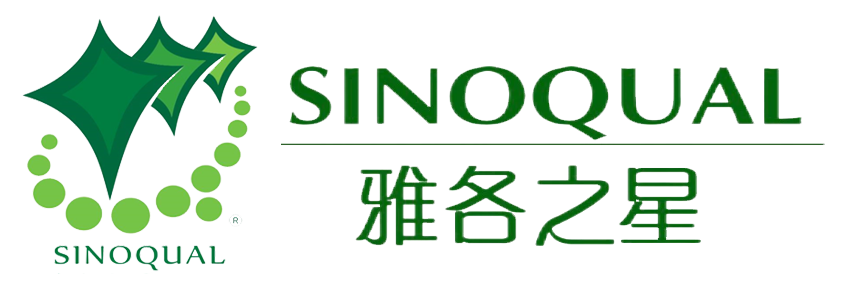The global beauty industry is undergoing a transformation as consumers increasingly demand products that demonstrate transparency, ethical sourcing, and ingredient purity...
What is Vegan
2025-05-15
Vegan means vegetarian, excluding meat, eggs, dairy products, and all other ingredients of animal origin. Vegan can also be understood as vegetarian. Many vegans also avoid foods processed with animal products, such as refined sugar and some wines. Most vegans extend the definition of veganism beyond food and also avoid all personal and household products tested on animals, and avoid the purchase and use of all animal-derived non-food products such as leather, silk, fur, and wool. Vegan clothing options include organic cotton, linen, and hemp. In Europe, America, Australia, South Korea, Indonesia, and China, as people pay more and more attention to healthy eating, the vegan diet is rapidly expanding, and vegan products are also quite popular.
Veganism also advocates the protection of the environment and humans, which means avoiding the use of all conventional materials produced with harmful and toxic chemicals that have adverse effects on both the human body and the environment.
For the animals
“Preventing animal exploitation (eliminating animal cruelty)It’s not the only reason to become a vegetarian, but for many people it’s still a key factor in their decision to become and remain a vegetarian.”
For the environment
One of the most effective things an individual can do to reduce their carbon footprint is to avoid all animal products.
The production of meat and other animal products places a heavy burden on the environment—from the crops and water needed to feed the animals, to the transportation and other processes involved in getting from farm to fork. The vast amounts of grain-based feed required for meat production are a significant cause of deforestation, habitat loss, and species extinction. In Brazil alone, the equivalent of 5.6 million acres of land is used to grow soy for animals in Europe. This land encourages poor people to grow cash crops for animal feed rather than for their own food, exacerbating malnutrition in developing countries. On the other hand, the amount of crops and water required to maintain a vegan diet is far smaller, making switching to veganism one of the easiest, most enjoyable, and most effective ways to reduce our impact on the environment.
For humanity
Just as vegetarianism is a sustainable choice for caring for the planet, vegan living is a more sustainable way to feed our human family. A plant-based diet requires only one-third of the land needed to support a diet rich in meat and dairy. With global food and water insecurity increasing due to a variety of environmental and socioeconomic issues, now is the perfect time to adopt a more sustainable lifestyle. Avoiding animal products is not only one of the simplest ways to reduce pressure on food and other resources, it's also the easiest way to oppose an inefficient food system that disproportionately impacts the world's poorest people.
Why being a vegetarian isn't enough
The suffering caused by the dairy and egg industries is perhaps less well-known than the plight of factory-farmed animals. Dairy production requires the death of countless male calves that serve no purpose to the farmers, as well as the premature deaths of cows that are slaughtered when their milk production declines. Similarly, in the egg industry, even "ethical" or "free-range" eggs involve the killing of "unnecessary" male chicks as young as one day old.
Moral meat?
It's easy to believe that the meat we eat is ethically sourced, that our "food animals" live fulfilling, happy lives, and experience no pain or fear at the slaughterhouse. However, the sad truth is that all living things (even those labeled "free-range" or "organic") fear death just as much as we do. Regardless of how they were treated in life, they experience the same fear when they are slaughtered.
Good news
The good news is that we can do something about it. Every time we shop or order food at a restaurant—every time we eat—we can choose to help these animals. Every time we switch from an animal product to a vegan one, we're helping animals. As more and more people from all walks of life discover the benefits of living this way, veganism is becoming more mainstream, and becoming a vegan is easier than ever.
Certification Process
Submit application form
The organization to be certified shall request the Vegan Certification Application Form from the Asia Pacific Branch of the Vegan Agency, fill it out and return it.
Document Review
Confirm the risk level and supplement relevant qualifications of raw materials (e.g., certificates, product specifications, source statements (which should describe the processing technology and ingredients added at each stage));
On-site audit
For products with high risk levels, such as food, medicine, and cosmetics, on-site audits are required. Products with low risk levels only require samples to be mailed.
Collect the certificate
Certification hotline: 86 400- 001- 7706
QQ:4000017706
